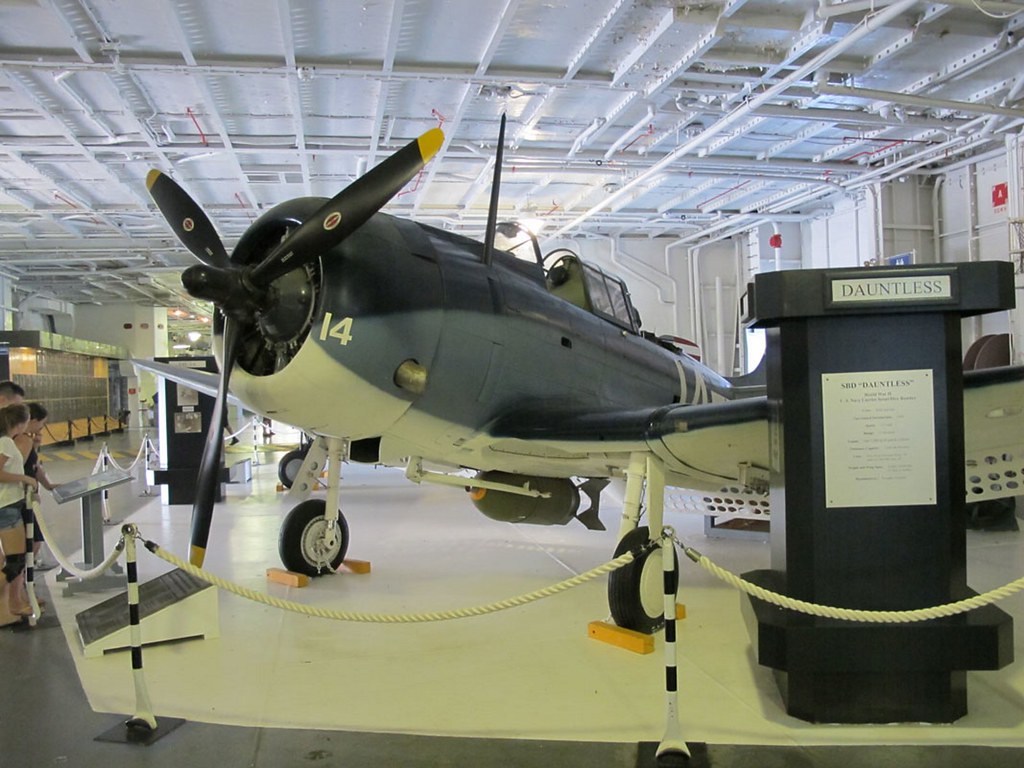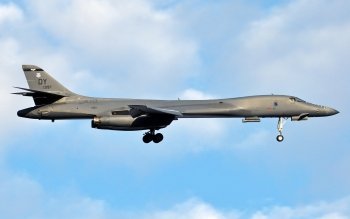
Douglas Aircraft purchased the SBD contract and the SBD-1 was first delivered in late 1940. It was first flown in July 1935, but considered obsolete by December 1941 when the Japanese attacked Pearl Harbor. The Northrop Corporation first developed the SBD before World War II. Herbert was a member of the Saddle & Sirloin Club and the National Block and Bridle Club.The “Dauntless” helped turn the tide of World War II at the Battle of Midway on June 4, 1942. He graduated in 1941, with an Animal Husbandry degree, at the age of 22. He worked with his father in stock farming until 1937. Please note, the views, findings, conclusions or recommendations expressed by the Air Zoo do not necessarily represent those of the Institute of Museum and Library Services.Į. Herbert, the son of Floyd Hollway McMinn (1883-1970) and Jewell Bernice Gardner McMinn (1887-1967) of Corpus Christi, Texas, was born on October 4, 1918, in Gouldbusk, TX. The bulk of the remaining cost of this project will be provided in labor by Air Zoo restoration volunteer teams.įollow 1612's journey and restoration on Facebook, or join the Air Zoo's Restoration Group today! This significant Federal grant will cover 34% of the total cost for this project and nearly all of our supply and repair material costs. These funds, awarded as part of the IMLS’s 2021 Save America’s Treasures grant portfolio, will be utilized in the restoration of the last known SBD-1 Dauntless dive bomber, by our dedicated restoration staff and volunteers. In October, 2022, the Air Zoo secured a significant funding promise from the Institute of Museum and Library Services (IMLS), in the amount of $439,180.00. The Air Zoo's nationally recognized restoration team has now begun restoration of this historic aircraft - restoring history and honor to Ensign Herbert Welton McMinn as well as the only remaining SBD-1 in the world. On August 2, 2021, it completed the next leg of its journey from the Flying Leatherneck Aviation Museum (FLAM) in San Diego, CA, to the Air Zoo, Aerospace & Science Center in Kalamazoo, MI, with an exciting stop at the 2021 EAA AirVenture in Oshkosh, WI, along the way.

In 1994, #1612 was recovered by A and T Recovery and passed through several museums before arriving at the Flying Leatherneck Aviation Museum (FLAM) at MCAS Miramar where it was to undergo restoration. On November 23, 1942, it crash landed during a training and aircraft carrier qualification flight and became one of 38 Dauntless’ to end up on the bottom of Lake Michigan, taking with it, the life of a young officer named Ensign Herbert Welton McMinn, USNR, from Gouldbusk, Texas. There it trained pilots to land aboard the converted paddlewheeler USS Wolverine. When Marine Scout Bomber Squadron 142 (VMSB-142) deployed to the Pacific with its new SBD-4s, 1612 was sent to Naval Air Station, Glenview, IL, and its Carrier Qualification Training Unit (CQTU). In March of 1942 it was sent west to stand-up VMSB-142 at Camp Kearney, at what is now Marine Corp. The aircraft soon to be on display at the Air Zoo, SBD-1 (Bureau Number 1612) was accepted by the Marine Corps on Septemand delivered to VMSB 132 at MCAS Quantico. Navy photo from Office of War Information, Overseas Picture Division, Washington Division, 1944., Public domain, via Wikimedia Commons From 1942 through to 1945, in addition to its shipboard service, the SBD saw intensive use with the U.S. At Midway on 4 June 1942 it took out all four Japanese carriers, and later in the battle sank a heavy cruiser and severely damaged another. In the Battle of the Coral Sea and the Battle of Midway, in 19, the Dauntless is credited with doing more than any other aircraft to turn the tide of the Pacific War. The SBD was gradually phased out during 1944, and the June 20, 1944 strike against the Japanese Mobile Fleet in the Battle of the Philippine Sea was therefore its last major action as a carrier-borne aircraft. Some were also produced for the Army as the A-24 "Banshee." The Dauntless was the standard shipborne dive-bomber of the US Navy from mid-1940 until November 1943, when the first Curtiss Helldivers arrived to replace it.

Marine Corps and to carrier units in 1940. Ordered by the Navy in 1939, the first SBD "Dauntless" dive bombers produced by Douglas Aircraft Company were delivered to the U.S.



 0 kommentar(er)
0 kommentar(er)
